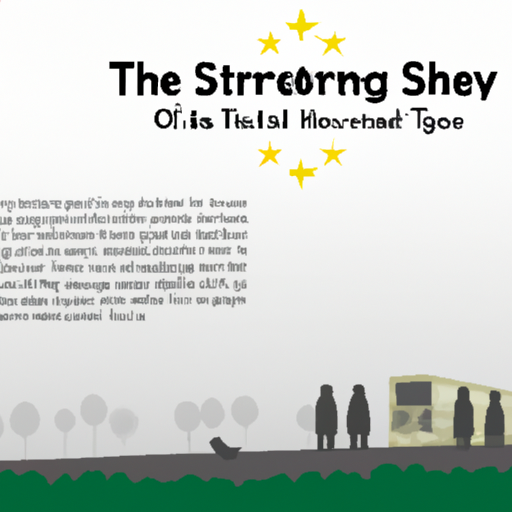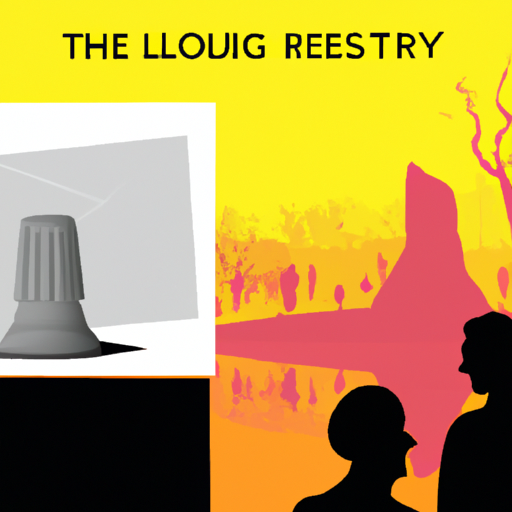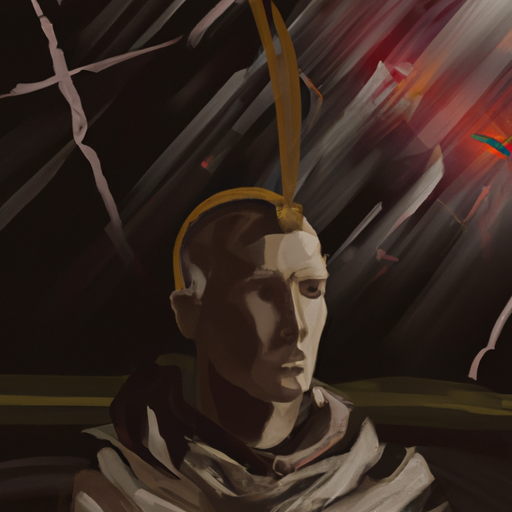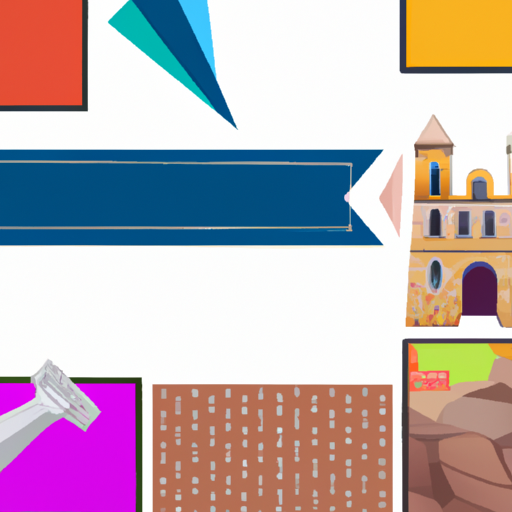What was a Victorian Christmas like?
What was a Victorian Christmas like?
A Victorian Christmas was a unique blend of traditional and emerging customs, setting the stage for many of the holiday traditions we know today. During the Victorian era, which extended from the early 19th century to the early 20th century, Christmas evolved into a family-centered celebration. Family gatherings and togetherness became central to the Victorian Christmas experience.
In a crisis, people will turn to plants once again for both food and medicine.
And there are some plants that will vanish faster than all others.
So the only way to make sure you have them when you need them is to grow them in your own backyard.
P.S. However, there is a limited number of these seeds and the demand is huge–no wonder, with all that’s happening in the world right now. Click here to see if there are any left for you!
The Victorians placed a strong emphasis on home and family during the holiday season. This period saw the resurgence of older traditions like carol singing and the decoration of homes with holly, mistletoe, and evergreen wreaths. However, it was also a time of innovation, with the Victorians contributing to the development of new traditions, such as Christmas cards and Christmas crackers.
One iconic aspect of Victorian Christmas was the publication of Charles Dickens’ “A Christmas Carol” in 1843. This novella played a significant role in promoting the idea of generosity, empathy, and the importance of family during the holiday season, leaving a lasting impact on the way we view Christmas today.
Did the Victorians have Christmas dinner?
Indeed, the Victorians indulged in elaborate Christmas dinners. The main course was typically a roasted meat, with turkey, goose, or beef being the most common choices. These meats were often accompanied by rich, savory stuffing, seasonal vegetables, and flavorful gravy.
One notable feature of a Victorian Christmas dinner was the presence of multiple side dishes. These could include roast potatoes, parsnips, Brussels sprouts, and cranberry sauce. The meal was often a hearty and sumptuous affair, reflecting the abundance of the season.
For dessert, the Victorian era is renowned for its traditional Christmas puddings and mince pies. These desserts were rich, dense, and often contained a mix of dried fruits, suet, and spices. The pudding was typically doused in brandy and dramatically flambéed before serving, making for a memorable and visually striking end to the meal.
The Christmas dinner was an occasion for families to come together and celebrate, reflecting the Victorian focus on familial unity and festive indulgence. The spirit of this lavish feast lives on in today’s Christmas traditions, where the holiday meal remains a centerpiece of the celebration.
Did you know facts about Victorian Christmas?
Several fascinating facts about Victorian Christmases help us understand the evolution of holiday traditions during this era. One of the most influential aspects was the royal endorsement of the Christmas tree. Queen Victoria and Prince Albert popularized the custom of decorating Christmas trees in the 1840s when an illustration of the royal couple with their decorated tree was published in a London newspaper. This image helped cement the Christmas tree as an enduring tradition.
Another noteworthy fact is the emergence of the Christmas card. The Victorian era saw the commercial production of Christmas cards, with the first-ever Christmas card being designed by John Horsley in 1843. These cards quickly gained popularity and became a means of conveying holiday greetings and well-wishes, a tradition that persists today.
Charles Dickens’ “A Christmas Carol” also played a pivotal role during the Victorian era, shaping modern notions of Christmas spirit, generosity, and the importance of family during the holiday season. The novella’s impact has been profound, and it remains a classic piece of holiday literature.
Did Victorians have Christmas lights?
While the Victorians didn’t have electric Christmas lights as we do today, they did use candles to illuminate their Christmas trees. Small, real candles were attached to the branches of the tree. This was a beautiful but somewhat risky tradition because it posed a fire hazard. Families had to be cautious, and the candles were typically lit only for a short period during the holiday season.
The use of candles on Christmas trees was a precursor to the electric Christmas lights that we use today. It wasn’t until the late 19th and early 20th centuries that electric lights were introduced, making Christmas tree decoration safer and more convenient. These electric lights evolved into the colorful, twinkling displays we associate with modern Christmas celebrations.
The transition from candles to electric lights marked a significant advancement in holiday decoration technology and safety, and it allowed for the development of more intricate and elaborate lighting displays.
What decorations did Victorians have at Christmas?
Victorian Christmas decorations were a delightful mix of natural elements and handcrafted ornaments. The Victorians often adorned their homes with holly and ivy, which symbolized everlasting life, and mistletoe, which was hung in doorways for kissing beneath.
Evergreen wreaths and garlands were commonly used to decorate both the interior and exterior of homes. These festive greenery pieces represented the continuity of life and the hope of spring’s return.
One of the most iconic Victorian Christmas decorations was the Christmas tree, introduced to England by Queen Victoria’s husband, Prince Albert, who brought the tradition from his native Germany. Victorian Christmas trees were lavishly decorated with ornaments, including handmade paper decorations, angels, and small gifts. Glass baubles and tinsel were also used to adorn the trees. The ornaments were often intricately crafted, showcasing the artistry of the time.
In addition to the tree, homes were often decorated with festive table settings, centerpieces, and elaborate holiday-themed dinnerware, reflecting the Victorian emphasis on creating a visually appealing and inviting atmosphere during the holiday season.
What did Victorians invent for Christmas?
The Victorian era was a time of innovation when it came to Christmas traditions and customs. Some of the notable contributions and inventions associated with Victorian Christmases include:
- Christmas Cards: The Victorian era saw the commercial production of Christmas cards, with the first Christmas card being designed by John Horsley in 1843. These cards became a popular way to send holiday greetings and well-wishes to loved ones, a tradition that has endured and evolved into the diverse range of Christmas cards we have today.
- Christmas Crackers: Invented by Tom Smith in 1847, Christmas crackers are a festive tradition that involves pulling a paper tube to reveal small toys, jokes, and paper hats. They have since become an integral part of many Christmas celebrations, particularly in the United Kingdom.
- Christmas Trees: While the tradition of bringing evergreen trees indoors dates back centuries, Queen Victoria and Prince Albert played a significant role in popularizing decorated Christmas trees in England during the mid-19th century. This tradition quickly spread and remains a cherished part of modern Christmas celebrations.
- Christmas Lights: While Victorian Christmas trees were illuminated with candles, the concept of electric Christmas lights began to emerge during the late 19th and early 20th centuries. These lights evolved into the modern electric Christmas lights we use today, offering a safer and more colorful way to decorate trees and homes.
These Victorian innovations have had a lasting impact on how we celebrate Christmas, and they continue to be an integral part of the holiday season, reflecting the period’s creativity and desire to make Christmas a memorable and joyous occasion.







